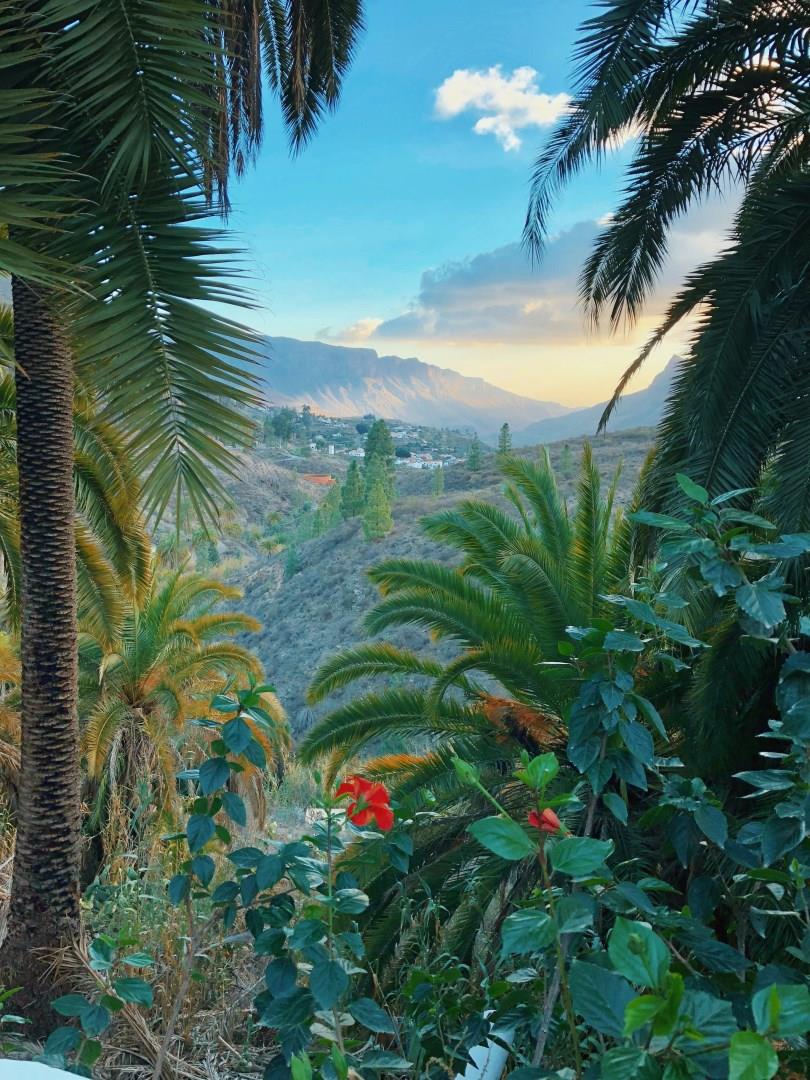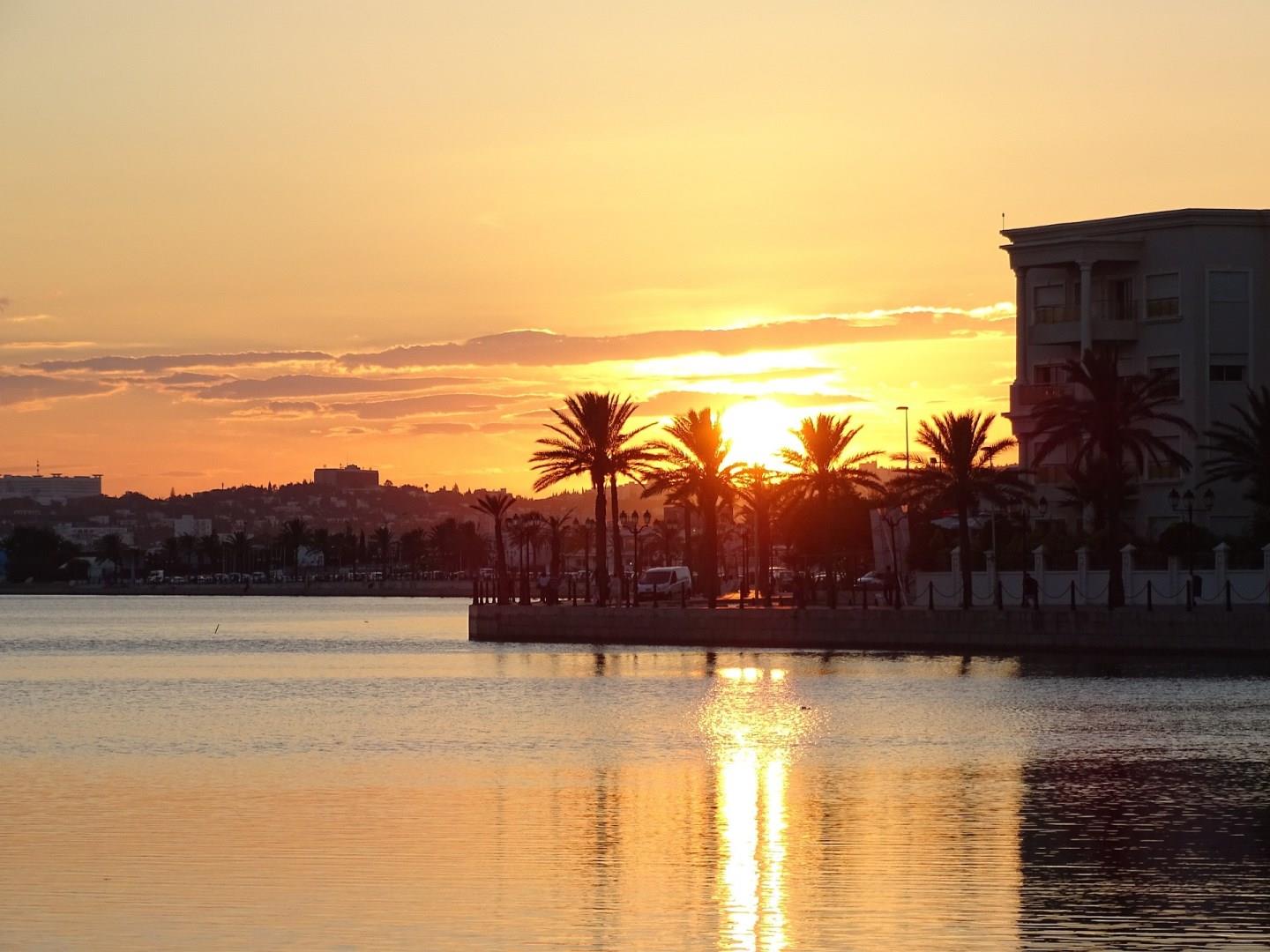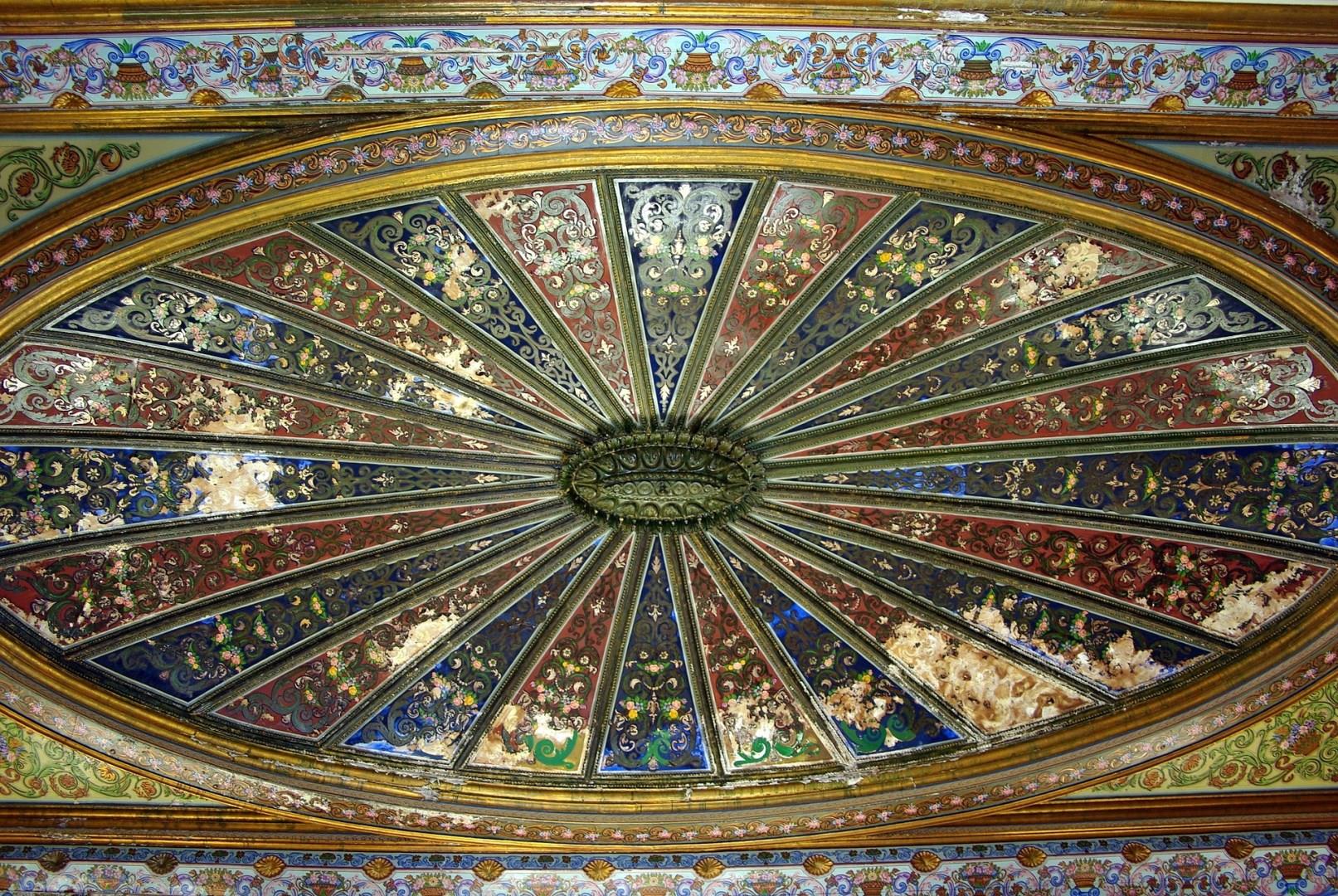

Dominica
Dominica, known as the “Nature Island of the Caribbean,” is a haven for eco-tourists and adventure seekers. Nestled between the French islands of Guadeloupe and Martinique, this lush island boasts a remarkable landscape of volcanic mountains, dense rainforests, and stunning waterfalls. Dominica’s most iconic natural wonder is the Boiling Lake, the second-largest hot spring in the world.

Andasibe-Mantadia National Park
Andasibe-Mantadia National Park, located in the eastern highlands of Madagascar, offers a captivating journey into one of the world’s most unique rainforests. Famous for its rich biodiversity, this national park is home to the largest species of lemur, the indri, whose haunting calls echo through the dense canopy. Visitors to the park can explore lush tropical landscapes filled with rare plants, birds, and other endemic wildlife, making it a must-visit for nature lovers and adventurers alike.

Gran Canaria
There is no other place with such a variety of scenery - deserts, mountains, lush tropical vegetation, and valleys filled with thousands of banana trees. Agriculture here offers everything: lime trees, vine-yards, coffee plantations, sugar cane, almond, tomato and banana crops, as well as, pine and palm forests.

Canary Islands
The Islas Canarias (Canary Islands) is an archipelago consisting of seven islands that encompass an area of 2,912 sq miles. The islands, which are of volcanic origin, contain the highest peak in the Spanish territories.

Antigua
Antigua, Guatemala's prized colonial monument, is just an hour from Guatemala City, and a pleasant alternative to staying in the capital. Good walking shoes are needed for its cobblestone streets. The most spectacular time to visit is Holy Week, when processions walk on handmade sawdust carpets with beautiful floral and geometric designs.






